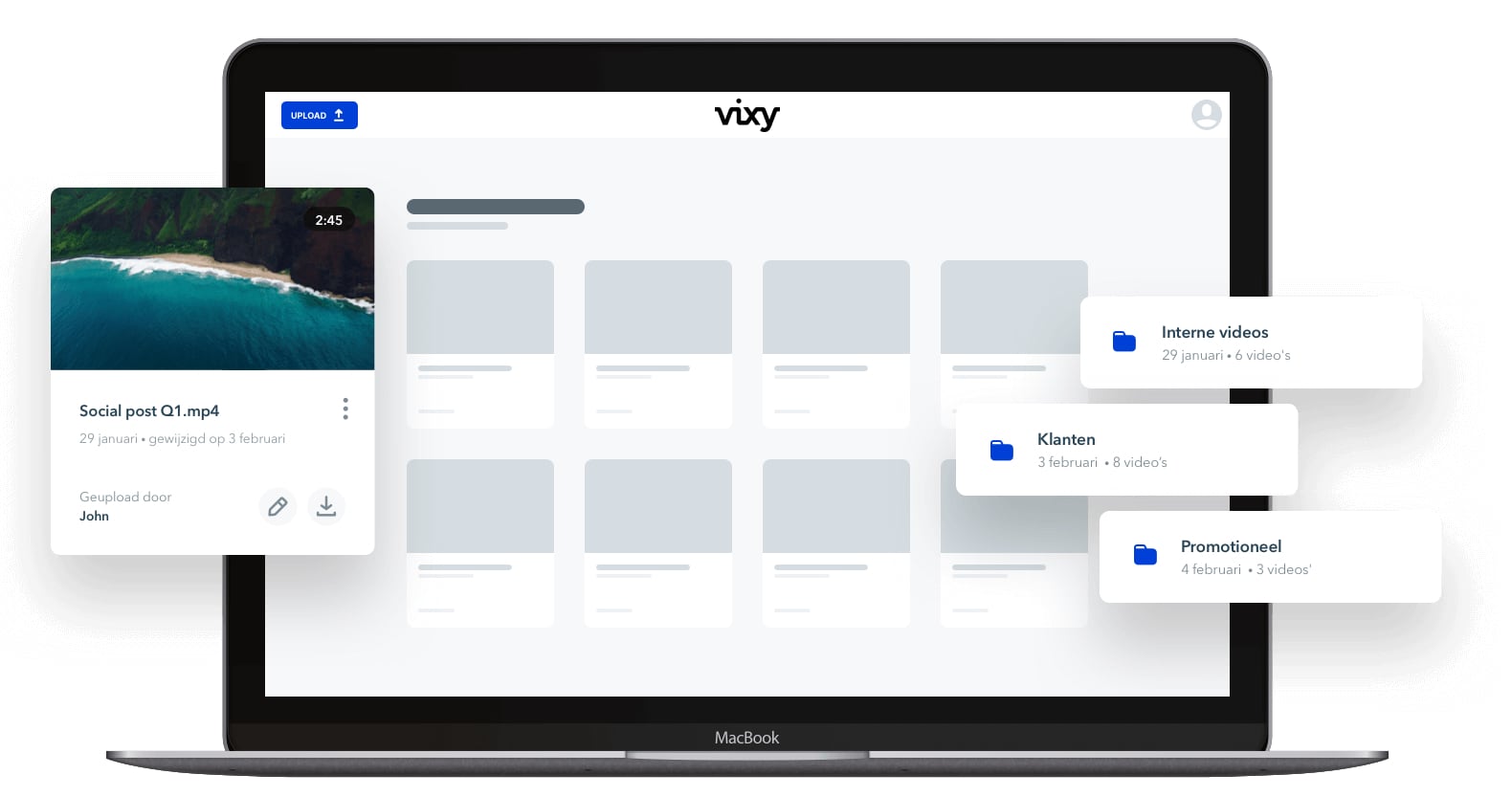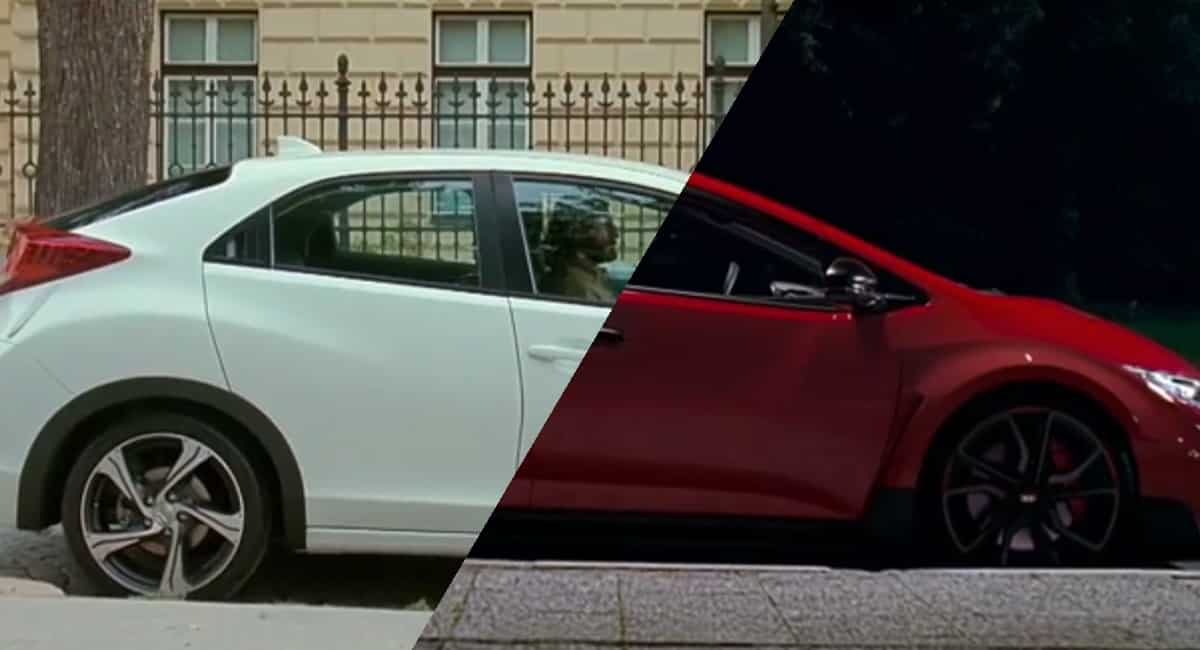Video Hosting: choose a reliable and flexible platform..

Video encoding is the process of converting a raw video file into a compressed digital file or format, making the video more compatible for multiple devices and platforms. This is because digital video can exist in different formats with different variables such as containers like .mp4, .flv, .avi and .wmv, and can have different codecs (which facilitate the compression/decompression) and, hence, different qualities meant for different applications. You may see the term “transcoding” used interchangeably with “encoding.” Transcoding is the process of decoding (decompressing) from one codec then encoding (compressing) it into another.
Although video compression shrinks files, it may also impact video quality. Video encoding, however, compresses your video files without compromising quality. With encoded videos, the gigabytes of data become mere megabytes. And your content becomes compatible with many devices and platforms
Why encoding video is important
Video encoding is important because it allows us to more easily transmit video content over the internet. In video streaming, encoding is crucial because the compressing of the raw video reduces the bandwidth making it easier to transmit, while still maintaining a good quality of experience for end viewers. Without encoding videos, many videos would be so large they could never be streamed over a typical home internet connection.
Different devices and platforms support different codecs. And if your encoded video doesn’t have the right codec, video playback won’t happen. The most popular video codecs include:



